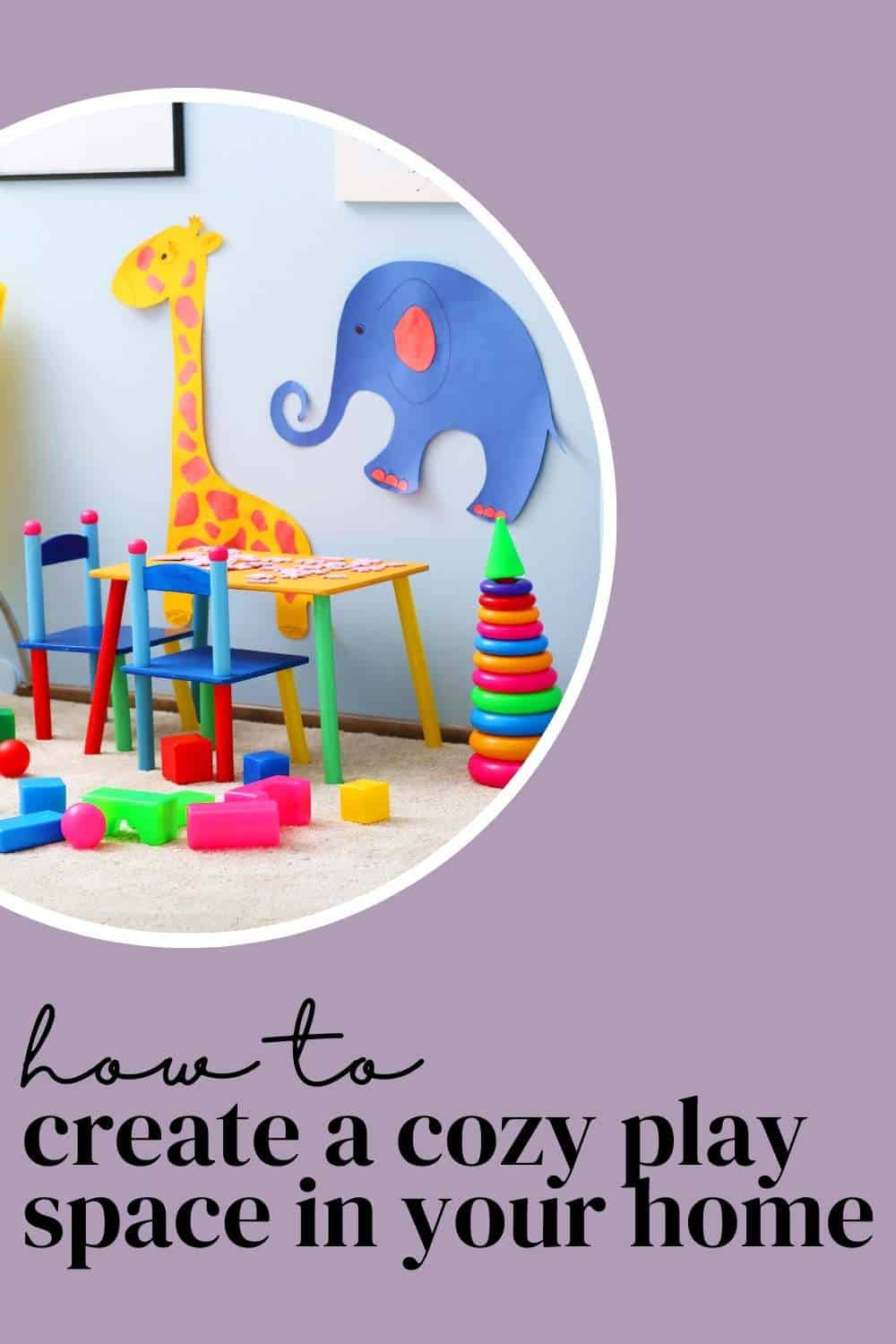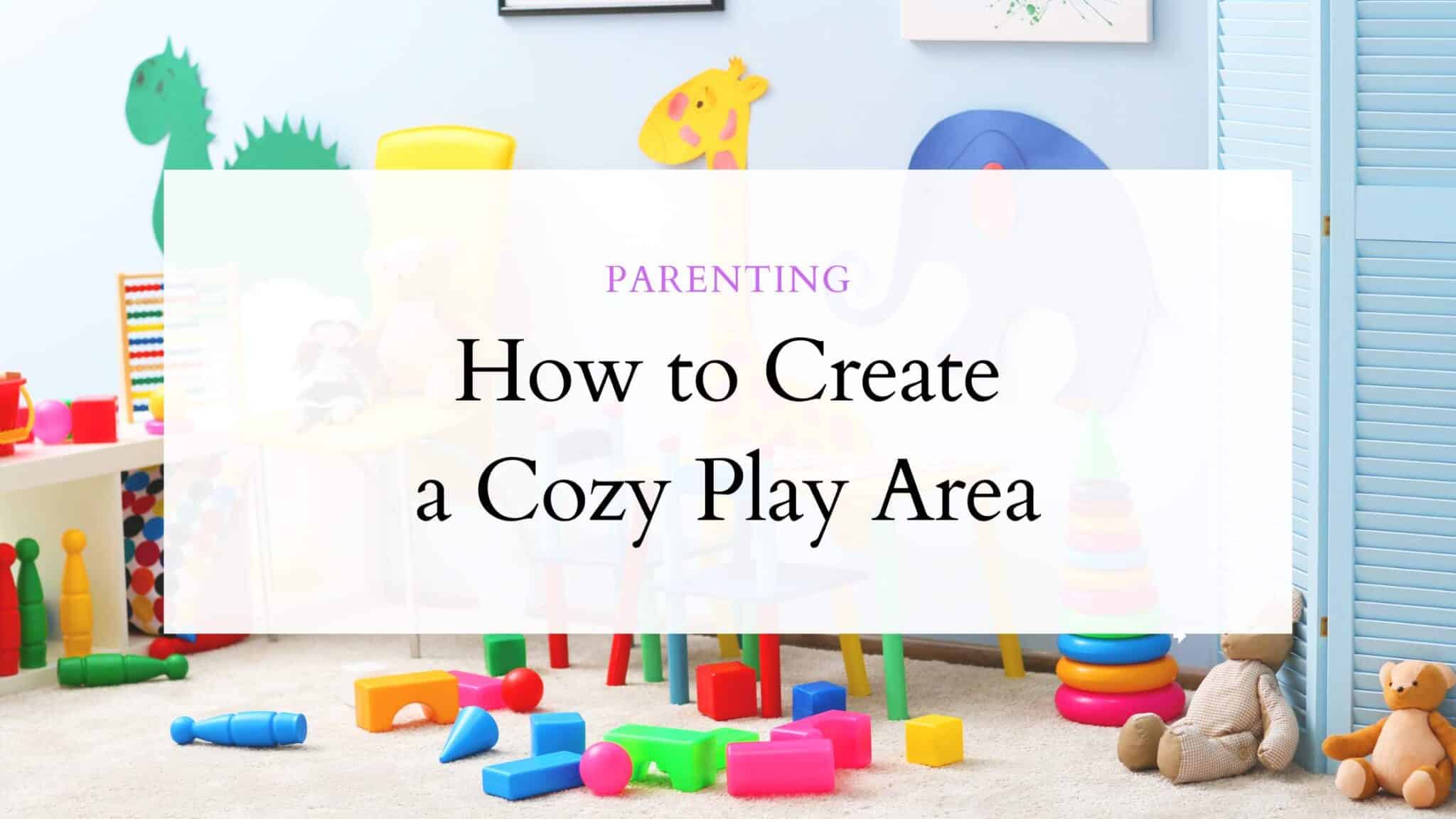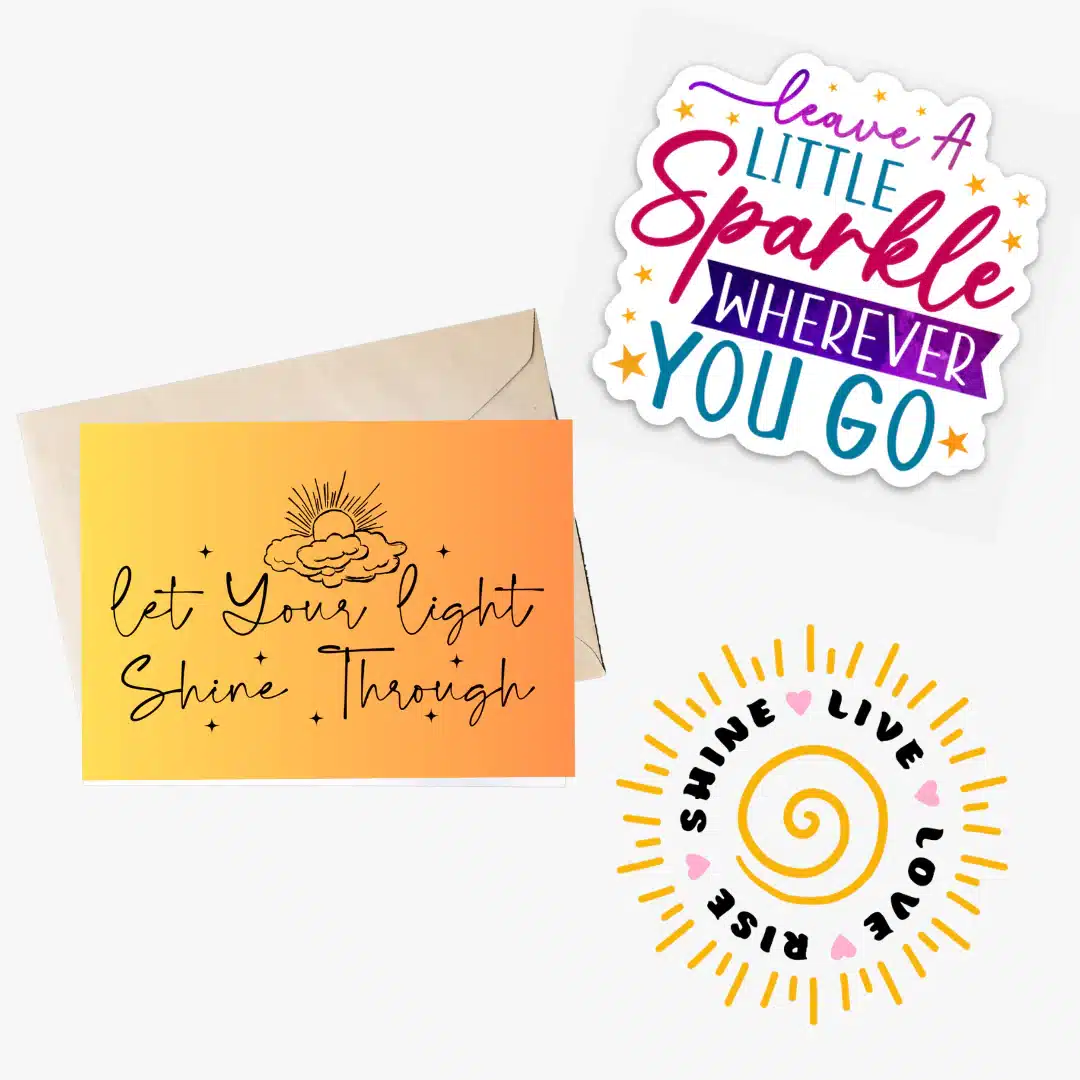Simple Steps for a Comfortable Space
Creating a cozy play area for your child can provide them with a safe and enjoyable space for exploration. One effective way to achieve this is by using a quilted playmat. Quilted playmats offer a soft, padded surface that is perfect for tummy time, crawling, and playing. Many parents find that these mats create a welcoming and warm environment for their little ones.
To make your play area even more inviting, consider incorporating round play mats for newborns. These mats can fit seamlessly into various spaces, whether you place them in a nursery or a living room. Additionally, a well-designed playmat can add a touch of style to your home while ensuring your baby’s comfort and safety.
When setting up your play area, it’s essential to think about your baby’s needs and preferences. You can explore a range of baby play mats that are designed for comfort and vibrant playtime. These mats ensure that your baby’s play area is both safe and visually stimulating, making playtime a delightful experience for your little one.

Planning Your Quilted Playmat
Before you start quilting, it’s essential to make informed choices about your materials, design, and the size of the playmat to ensure it meets your needs and preferences.
Selecting the Right Materials
When choosing materials, aim for comfort and durability. Opt for a 100% wool fabric if you want a soft and cozy feel. Wool is great for baby playmats because it’s naturally hypoallergenic and breathable.
Cotton batting is another excellent choice. It provides the necessary cushioning and warmth. Cotton is also easy to wash, a necessary factor for any baby-related item.
Ensure all materials are safe for children. Avoid fabrics with harmful dyes or chemicals. You might also consider organic options for extra peace of mind.
Choosing the Design and Pattern
Selecting a design and pattern is one of the most exciting steps. The intersecting lines look like streets, perfect for toddlers who enjoy playing with toy cars.
If you prefer something more thematic, options like space or treasure island designs can make the playmat more engaging. These patterns are not only functional but also stimulate your child’s imagination.
Consider incorporating appliqué elements for added texture and interest. Wool appliqué pieces can be sewn onto the quilt to create interactive elements.
Determining the Size and Shape
The size and shape of your playmat should fit your space and meet your child’s needs. A throw-sized quilt is ideal for a toddler. It’s large enough for playtime but easy to manage and store.
Measure the area where you plan to use the playmat. Ensure it fits well, whether in the nursery or a corner of the living room. You can make a square, rectangular, or even a circular playmat, depending on the available space and the look you prefer.
Keep in mind that a playmat that folds easily is practical for storage and transport. If you want something, you can quickly pack it up and move it if needed.
By planning thoughtfully, you’ll create a cozy and functional play area that your child will love.
Assembling and Sewing Your Playmat
In this section, you will learn how to assemble and sew your playmat. You’ll prepare the quilt sandwich, quilt the layers together, add decorative elements, and complete the playmat with finishing touches.
Preparing the Quilt Sandwich
Start by laying out your backing fabric on a flat surface, ensuring it is smooth and wrinkle-free. Next, layer the batting on top of the backing, followed by the top layer of fabric. This creates your quilt sandwich.
Use appliqué pins to hold the layers together, spacing the pins about 4-6 inches apart. This will prevent shifting while you sew. If desired, use a fabric pen to mark your quilting lines, ensuring that they are evenly spaced and aligned.
Quilting the Layers Together
Set up your sewing machine with a walking foot, which helps to evenly feed all layers through the machine. Begin quilting by stitching along the marked lines or following a pattern of your choice. Choose between a straight stitch or a decorative blanket stitch for added flair.
As you quilt, work from the center outwards to avoid bunching. Take your time to ensure the stitches are even and consistent. This will improve the durability and appearance of your playmat.
Adding Decorative Elements
Use appliqué techniques to add decorative shapes or patterns to the top layer of your playmat. Benzie designed felt pieces that can be sewn using a whip stitch or a blanket stitch, adding texture and color.
To secure appliqué pieces, use appliqué pins to hold them in place while sewing. These elements can transform a simple quilt into an engaging play area with tactile and visual interest.
Finishing Touches
Trim any excess fabric to ensure clean edges. Bind the edges of your quilt sandwich using a bias tape or a coordinating fabric strip. Fold the binding around the edges and sew it in place using a straight stitch.
Hand-sew the final stitches to close the binding seam for a polished look. This ensures the playmat is sturdy and comfortable for your child to play on.

Creating a cozy play area with a quilted playmat transforms any space into a comfortable and fun spot for your child. The quilted design not only provides a soft surface but also adds a charming aesthetic to your room.
By selecting materials and patterns that reflect your style, you ensure the playmat fits seamlessly into your home. This makes it both a practical and delightful addition to your child’s environment.
With a bit of effort and creativity, you can craft a unique and inviting play area that your child will love.

